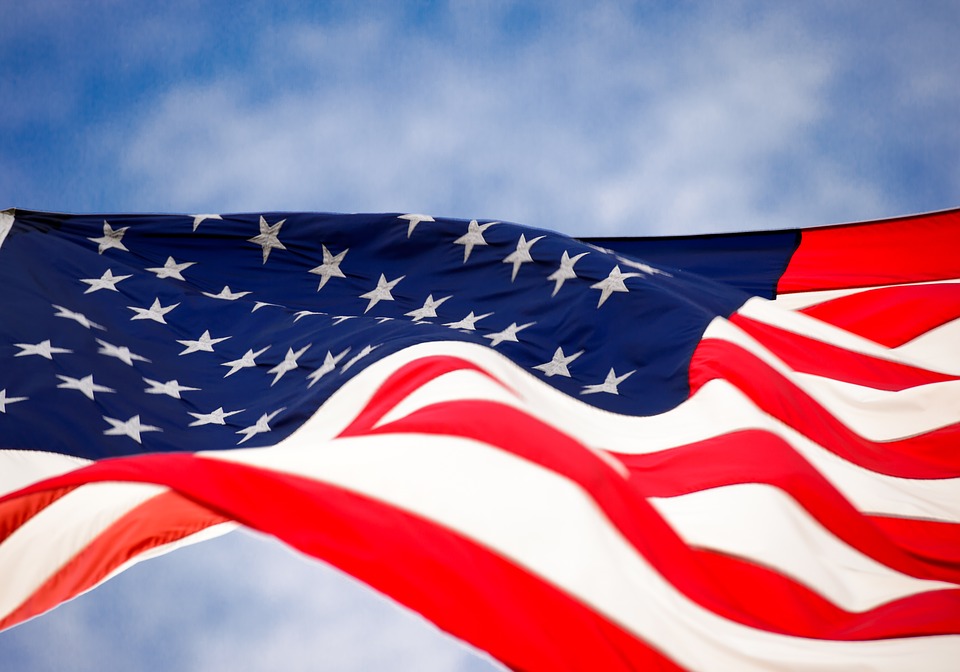News
US access to EDCA sites ‘not unlimited’

While the US is allowed to put troops and store equipment, supplies, and materiel, the Philippines retains ownership of all agreed locations. (Pixabay photo)
MANILA – The Enhanced Defense Cooperation Agreement (EDCA) with the United States does not carry unlimited access to agreed locations, the Department of National Defense (DND) clarified Saturday.
DND spokesperson Arsenio Andolong said the use of EDCA sites must be mutually agreed upon by both countries.
“There are constant consultations with the Mutual Defense Board and Security Exchange Board wherein the US side and the Philippine side are in discussion to plan out activities and these activities determine when the sites are going to be used, how they will be used, what can be brought in, and what they will do in the sites, so it’s not unlimited,” he said at the Saturday News Forum in Quezon City.
The EDCA, which allows American troops to access so-called agreed locations in the Philippines on rotation, is effective for an initial term of 10 years unless terminated by either party.
While the US is allowed to put troops and store equipment, supplies, and materiel, the Philippines retains ownership of all agreed locations.
Andolong added that EDCA locations could also be used for “exercises or in the event of contingencies like disaster and typhoons” but not as permanent basing facilities.
There were five original EDCA sites after the deal’s signing – the Cesar Basa Air Base in Floridablanca, Pampanga; Fort Magsaysay Military Reservation in Nueva Ecija; Lumbia Airfield in Cagayan de Oro; Antonio Bautista Air Base in Puerto Princesa, Palawan; and Benito Ebuen Air Base in Cebu.
Earlier this year, Manila and Washington DC agreed to designate four more, which according to President Ferdinand R. Marcos Jr. would be in the north, south, and “some around Palawan,” a province facing the West Philippine Sea.
Beijing had previously questioned Washington DC’s interest to boost its military alliance with Manila through EDCA, claiming it as an effort to “encircle and contain China.”
Andolong countered that the 2014 deal is meant to bolster the Philippines’ “territorial defense” and not to pick a fight.
“Ang EDCA, maski ang Visiting Forces Agreement, ay na-conceptualize na wala tayong tinutukoy at hindi (The EDCA, even the Visiting Forces Agreement, was conceptualized without) aiming at any particular country,” he said. “Hindi po natin layunin na maging aggressor. Ang atin po ay (It is not our intention to become an aggressor. What we want is) defense.”
The Association of Generals and Flag Officers, meanwhile, expressed support for the additional sites, saying these would enhance the interoperability of US and Philippine defense forces and accelerate the modernization and capability upgrade of the Armed Forces of the Philippines.
It would also improve government responses, like humanitarian assistance and relief operations, for emergencies, and climate-related disasters, the group said.
“The Super Typhoon Yolanda experience in 2013 is a reminder that the proximity of relief centers that could accommodate goods, equipment, and manpower hastens the delivery of humanitarian assistance,” it said in a statement.
“In addition, given the Constitutional mandate to protect the national patrimony in maritime areas where we exercise sovereign rights, our defense forces must continually enhance their capabilities to detect, deter, and counter violators through sustained training and interoperability exercises with allies and partners that share our aspiration to abide by the rules-based international order.”





















